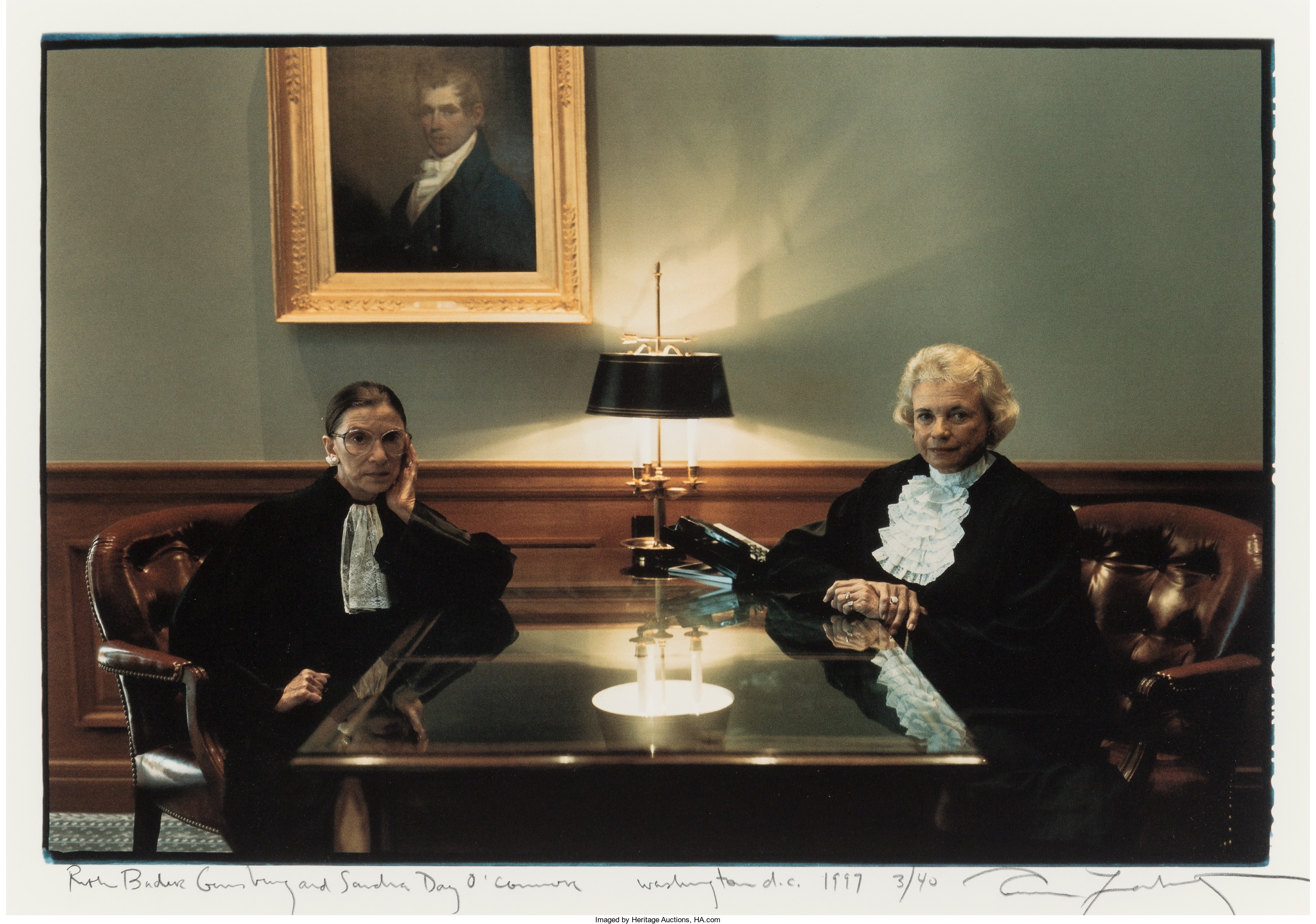
By Jim O’Neal
Ronald Wilson Reagan won two presidential elections, both by overwhelming margins. In 1980, he took 44 states with an electoral vote total of 489. Four years later, he crushed Walter Mondale, winning 49 states and 525 electoral votes (the all-time record).
The Reagan agenda included an attempt to alter the contemporary jurisprudential approach to the federal judiciary; he quickly made it known he would return to traditional criteria in selecting jurists. As a candidate, he made it crystal clear he was opposed to any type of racial or other quotas.
During the 1980 presidential campaign, candidate Reagan had promised “one of the first Supreme Court vacancies in my administration will be filled by the most qualified woman I can find, one who meets the high standards I will demand for all my appointments.” The opportunity to fulfill this pledge came within the first six months of his presidency.
On June 18, 1981, in what appeared to be a major surprise, Associate Justice Potter Stewart publicly announced his retirement from the Supreme Court, effective at the close of the 1980-81 term in July. However, members of the administration had actually known three months earlier and had informed the president (while he was still recovering from the assassination attempt). This gave the administration three months to search quietly for a nominee without outside pressure and feverish media speculation.
On June 25, Attorney General William French Smith gave the president a list of 25 names – approximately half of them women – clearly a new record in this regard. Among the women were Arizona Court of Appeals Judge Sandra Day O’Connor; Chief Justice of the Michigan Supreme Court Mary Coleman; and Judge Amalya L. Kearse of the U.S. Court of Appeals for the Second Circuit, a youthful black Carter appointee. On July 1, O’Connor and two other candidates met with the president and she quickly reminded him they had met 10 years before when he was governor of California and she was a member of the Arizona State Senate.
In addition to the successful interview, there was the Stanford connection: U.S. Supreme Court Justice William Rehnquist graduated from Stanford Law School in the same class as O’Connor. When Senator Barry Goldwater urged her selection, that was enough to clinch it.
The only strong dissent came from the New Right, including the Reverend Jerry Falwell of the Moral Majority, who encouraged all “good Christians” to express concern. Goldwater’s characteristically frank retort was “Every good Christian ought to kick Falwell right in the ass!”
On Sept. 15, 1981, the Senate Judicatory Committee approved Judge O’Connor 17-0 and six days later, the full Senate voted 99-0 to confirm (Senator Max Baucus of Montana – a strong supporter – was out of town for the vote).
So history had been made!
 Intelligent Collector blogger JIM O’NEAL is an avid collector and history buff. He is president and CEO of Frito-Lay International [retired] and earlier served as chairman and CEO of PepsiCo Restaurants International [KFC Pizza Hut and Taco Bell].
Intelligent Collector blogger JIM O’NEAL is an avid collector and history buff. He is president and CEO of Frito-Lay International [retired] and earlier served as chairman and CEO of PepsiCo Restaurants International [KFC Pizza Hut and Taco Bell].
